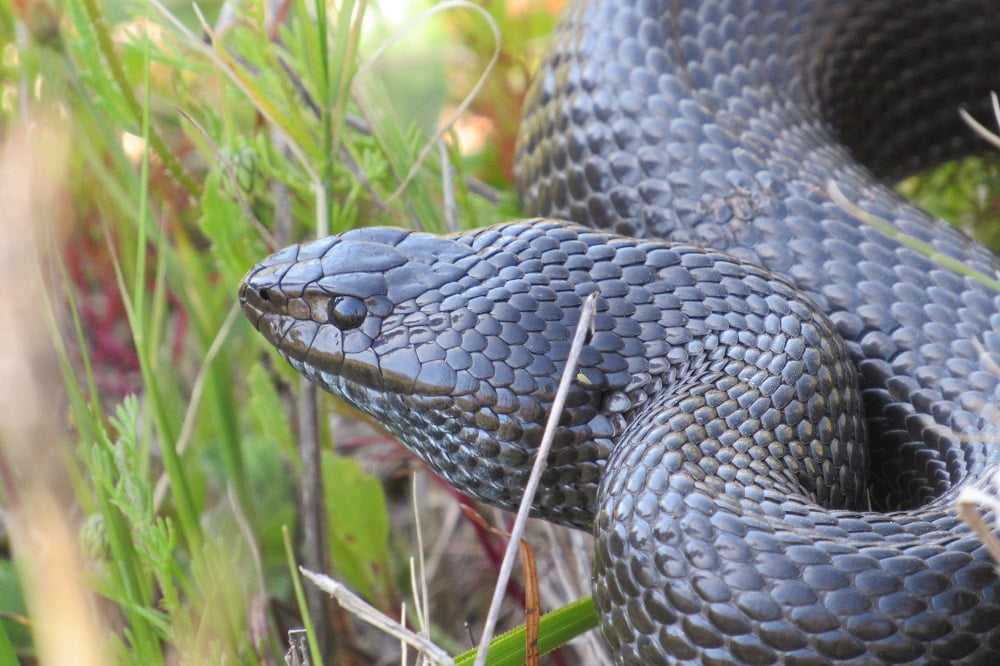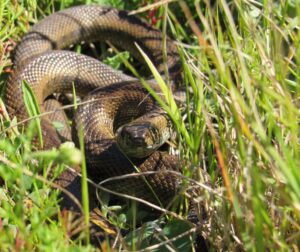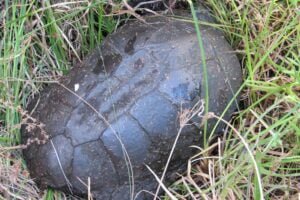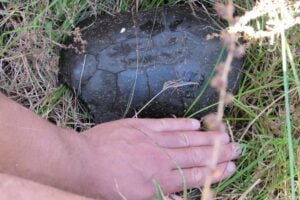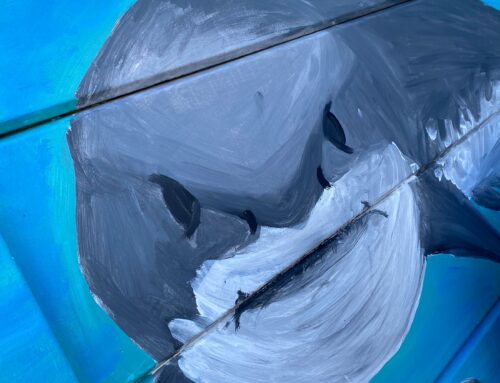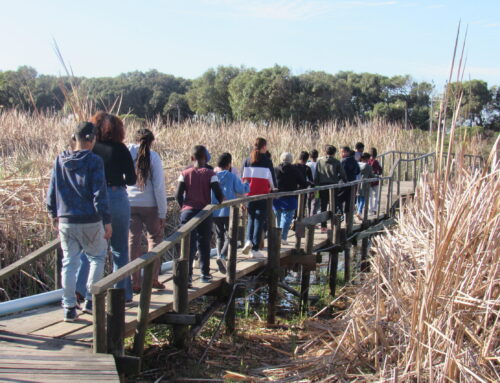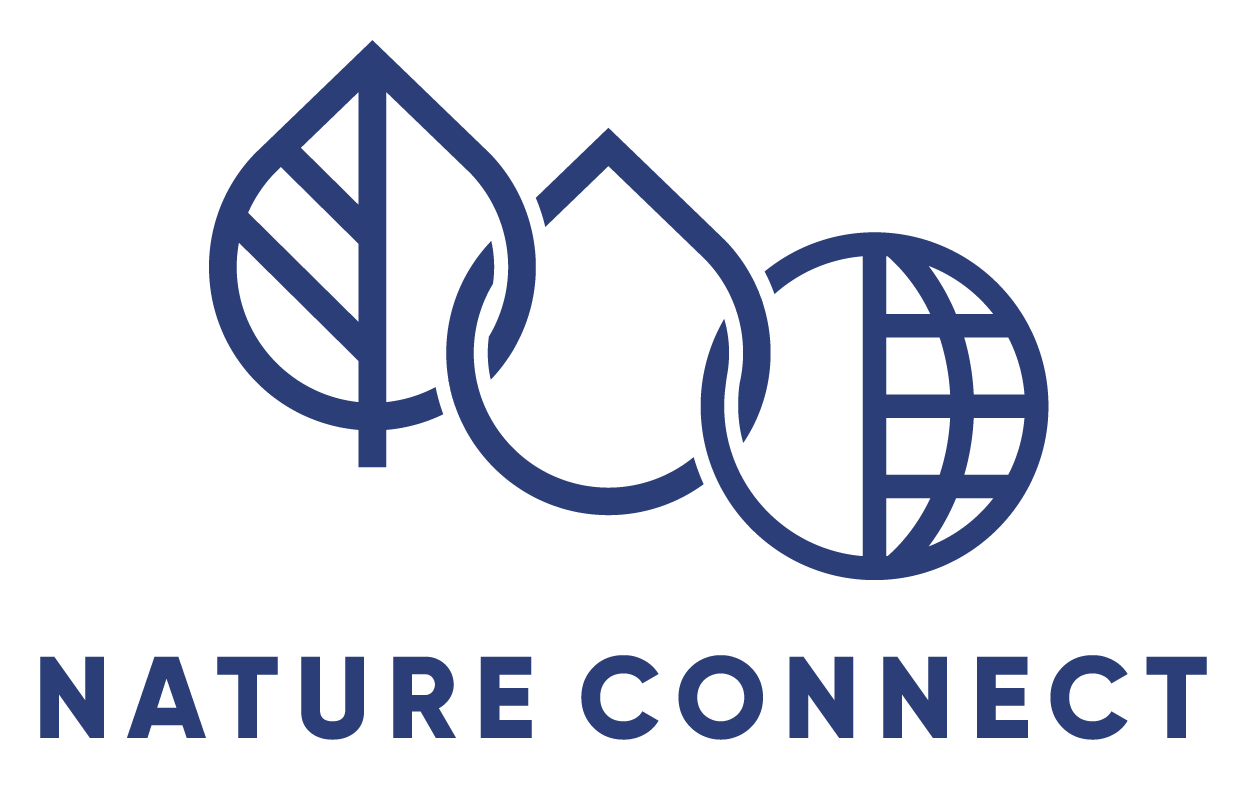Written by Wesley Freese
Reptilians, a widely misunderstood class of animals with an even wider range of unique orders and truly fascinating species. We have grown up associating so much misplaced negativity with reptilians, you may hear people calling each other snakes or cold blooded, seeing documentaries about how deadly and violent reptiles are, but is this really the case? Today marks an annual celebration of these scaly curiosities, World Reptile Awareness Day gives us an invaluable day to spread awareness for these misunderstood creatures and their beauty.
Many snakes and five lizard species utilize venom for defence and whilst hunting to greatly increase their chances of success and survival. Envenomation from certain snake species can lead to a quick and painful ending for almost any animal, including us, but they have no need to attack us. They would rather use that venom – which took lots of energy for their bodies to create – on hunting things which they can eat, usually including small pests such as rats and mice.
Venom is a double-edged sword; despite its seemingly nefarious intended purpose many snake venoms have been helping scientists make breakthroughs in treatments for anything from arthritis and cancers to creating painkillers stronger than morphine and with less negative side effects. So, when your high blood pressure is acting up, thank the Brazilian pit viper (Bothrops jararaca) for its venom which was the basis of the first ACE inhibitor for treatment of heart failure and high blood pressure.
Worldwide there are estimated to be close to 11 000 species of reptilians, ranging on every large landmass besides Antarctica. To absolutely nobodies surprise, Australia is sitting comfortably at the number one reptile biodiversity hotspot with 1 078 species, while South Africa sits at 14th place, tied with Argentina. We hold 447 reptile species including our endemic puff adder (Bitis arietans) and range of cobras from the Naja genus.
Here in The Cape, we have a much smaller reptile, the Cape Dwarf Chameleon (Bradypodion pumilum) which translates to “slow footed dwarf”. Up to 15cm in length from nose to tail, this vibrant green-pink little fellow decided that instead of evolving legs which can move at speeds fast enough to run down and pounce on small prey, it’d rather evolve a magnificent super organ, its tongue. This tiny unassuming tongue can extend to double the chameleon’s body length in just a hundredth of a second, it carries 14 000 watts of energy per kilogram of muscle and has a tiny covering of saliva on just the tip that has a viscosity like honey. This allows the Cape Dwarf chameleon to haul in insects up to a third of their bodyweight into its gaping maw, crunching down on the now inconsequential exoskeletal armour of their invertebrate prey.
We may have so many incredible animals, but these wonders of nature are being threatened by the rampant urban sprawl created by overindulgent industrial needs. Suitable habitat for the Cape Dwarf chameleon has greatly decreased within the last decade, leading to small, fragmented populations which, due to the chameleon’s small territorial range, cannot contact one another leading to inbreeding. Fragmentation of habitat creates a localised gene pool which may struggle dealing with a certain illness that another population of chameleon’s are genetically equipped to survive. With these populations being separated, the genes needed to overcome the illness will no longer spread to other populations, leading to an increased rate in fatalities and extirpation (localised extinction).
Some easy ways for the average person to participate in this important day
- Learn and spread knowledge about our local reptilians
- Visit local nature reserves for their reptile walks
- Acquire pet reptilians responsibly to reduce poaching
- Volunteer and contribute to reptile conservation initiatives
Kenilworth Racecourse Conservation Area which is one of the sites that are managed by Nature Connect on behalf of the landowners (Cape Racing), has a wide range of reptilians. Although some of the more well-known species such as the puff adder and rinkhals which have not been spotted on site for years and are presumed to have fallen prey to localised extinction, we have many remaining reptilians that are being protected by the hard working staff of KRCA. These reptilians include: Aurora house snake (Lamprophis aurora), many spotted snake (Amplorhinus mutimaculatus), herald snake (Crotaphopeltis hotamboeia), mole snake (Pseudoaspis cana), common slug eater (Duberria lutrix), common water snake (Lycodonomorphus rufulus), short legged seps (Tetradactylus seps), Cape legless skink (Acontias meledgris), Cape skink (Trackylepis capensis), marsh terrapin (Pelomedusa subrufa) and the parrot beaked toroise (Homopus areolatus). Together with the help of Nature Connect and caring volunteers, KRCA continues to protect these irreplaceable species.
- Cape Dwarf Chameleon
- Mole snake
- Mole snake
- Parrot beaked Tortoise
- Terrapin
- Terrapin

